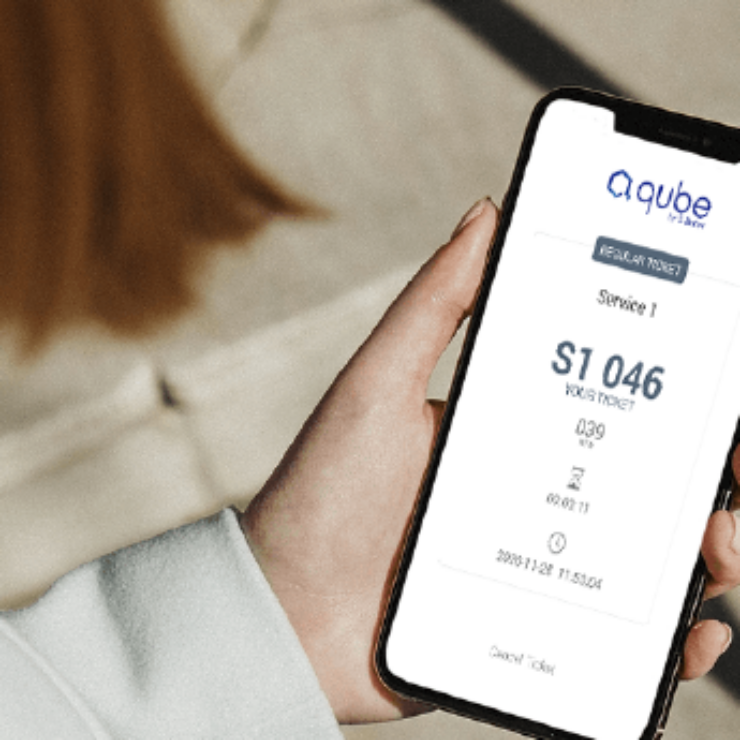
Flow Management Systems in Retail
Increase Customers Satisfaction and Reduce Shoppers Leaving.
Flow management systems are essential tools for optimizing retail operations, enhancing customer experience, and improving overall business performance. By efficiently managing the flow of people, retailers can create a more pleasant shopping environment, drive sales, and stay competitive in a dynamic retail landscape.
Do long waiting lines increase abandonment for retailers?
With all the bells and whistles of modern-day commerce, long queues could be causing shoppers to leave stores empty-handed.
An inverse relationship between wait time and service time equates to the satisfaction index. Simply put, consumers do not mind waiting a little longer for a transaction that will take considerable time. However, they will be frustrated when something that should take only a few minutes has an excessive wait time.
Queueing systems play an important role in reducing abandonment!
Every business has peak times, and it is obvious when those are, according to your POS system. So, be better prepared to handle them with Queue Management System (QMS). With a queueing system, customers immediately know their anticipated wait time. It streamlines the customer flow and can improve the level of service as well because you have provided the customer with an expectation. They are not left wondering and growing agitated.
Customers know they have a secure place in line
QMS also offers customers a means to manage their place in line. Because you have provided customers with options, they feel that you value their time and their business.
You may also find that customers’ perceived wait time is less than the actual wait time. Why? Because when a person is physically in line with no distractions, a few minutes can seem like an eternity. But with QMS in conjunction with engaging digital signage or digital tickets, customers will suddenly feel as though it has only been a minute or two.
Customers can continue with their day, being productive by checking work email or taking a moment to catch up on the day’s news. Then when they are called in the time promised, customers feel as though your brand is trustworthy and reliable, which could lead to greater loyalty.
What KPIs are important in measuring the satisfaction index?
KPIs (key performance indicators) must be defined to help you measure the satisfaction rate as it pertains to front-end service and wait time.
You will want to identify KPIs that help you discern if the service is consistent. While you could just blindly state you should open more lines at peak times, this is not going to be effective if it does not result in higher sales.
Consider these essential KPIs:
- Waiting time variation
- Visitor service satisfaction
- Service time variation
- Staff Performance
- Ticket transfers flow
The two first metrics will measure the customer’s actual experience. The others allow you to understand if you effectively used labour. Being able to track this data and spot trends can allow your workforce to be more efficient.




